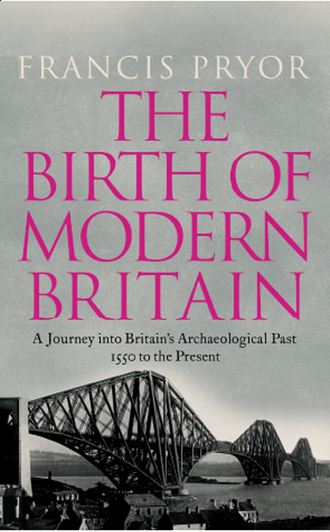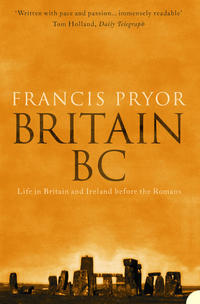The Birth of Modern Britain: A Journey into Britain’s Archaeological Past: 1550 to the Present

Полная версия
The Birth of Modern Britain: A Journey into Britain’s Archaeological Past: 1550 to the Present
Язык: Английский
Год издания: 2018
Добавлена:
Настройки чтения
Размер шрифта
Высота строк
Поля
Конец ознакомительного фрагмента
Купить и скачать всю книгу





